Home>diy>Building & Construction>Who Would Raise Capital From Investors To Finance Home Building And Rehabilitation?


Building & Construction
Who Would Raise Capital From Investors To Finance Home Building And Rehabilitation?
Modified: December 7, 2023
Looking to finance home building and rehabilitation projects? Find out who can help raise capital from investors in the building construction industry.
(Many of the links in this article redirect to a specific reviewed product. Your purchase of these products through affiliate links helps to generate commission for Storables.com, at no extra cost. Learn more)
Introduction
When it comes to financing home building and rehabilitation projects, there are various options available to homeowners and developers. While traditional financing methods like loans and mortgages are widely used, there is another avenue that is gaining popularity – raising capital from investors. This approach allows individuals to secure funds for their construction or renovation projects without solely relying on banks or financial institutions.
In this article, we will explore the different sources of capital that can be tapped into when looking to raise funds for home building and rehabilitation. From private investors to government programs and grants, we’ll cover it all. So, if you’re interested in exploring alternative financing options for your next construction or renovation project, keep reading!
Key Takeaways:
- Alternative financing options for home building and rehabilitation include private investors, REITs, crowdfunding, government programs, and non-profit organizations, offering flexibility, expertise, and community support beyond traditional methods.
- Private investors provide personalized financing and industry expertise, while REITs offer access to real estate investments without property management. Crowdfunding, government programs, and non-profit organizations provide diverse funding opportunities for home construction and rehabilitation projects.
Read more: Who Would Be Interested In Home Decor
Traditional Financing Options for Home Building and Rehabilitation
Before delving into alternative methods, it’s important to have an understanding of the traditional financing options for home building and rehabilitation. These options have been widely used for decades and can still be viable choices for those seeking funds for their projects.
One of the most common traditional financing options is obtaining a construction loan or a home equity loan. A construction loan is specifically designed for building a new home or carrying out major renovations. It provides funds in stages as the construction progresses. On the other hand, a home equity loan allows homeowners to borrow against the equity they have built up in their existing homes.
Another option is a mortgage loan. Many individuals choose to secure a mortgage when purchasing a property, which can also be used for home building or rehabilitation projects. With a mortgage loan, homeowners can borrow a large sum upfront and then make monthly payments over an extended period.
Furthermore, some homeowners may opt to use personal savings or take out personal loans to finance their projects. Personal savings can be a convenient option if individuals have accumulated enough funds over time. However, not everyone has substantial savings, which is when personal loans can come in handy. Personal loans provide borrowers with a lump sum that can be used for various purposes, including home construction or renovations.
While these traditional financing options have their advantages, they also come with certain limitations. Banks and financial institutions have strict eligibility criteria, making it challenging for some individuals to qualify for loans. Additionally, the application and approval process can be time-consuming and may involve extensive paperwork.
Now that we have covered the traditional financing options, let’s explore alternative sources of capital that can help individuals raise funds for home building and rehabilitation projects.
Private Investors as a Source of Capital
Private investors can be a valuable source of capital for home building and rehabilitation projects. These investors, often referred to as angel investors or private equity firms, are individuals or groups of individuals who are willing to invest their own money in promising ventures. They are typically attracted to projects with high potential for returns.
When it comes to home building and rehabilitation, private investors can offer several advantages. Firstly, they provide an alternative to traditional financing methods. For individuals who may not qualify for loans or mortgages, private investors can serve as a lifeline by providing the necessary funds. Private investors are often more flexible and open-minded when evaluating project proposals, making them more accessible to a wider range of developers and homeowners.
In addition, private investors can bring more than just financial capital to the table. Many investors have extensive experience and knowledge in the real estate industry, which can be invaluable for those embarking on home construction or rehabilitation projects. They can offer guidance, advice, and connections that can greatly contribute to the success of the project.
One popular avenue for connecting with private investors is through real estate investment clubs or networks. These networks bring together investors and developers in a collaborative setting where project proposals can be presented and evaluated. They provide a platform for meeting potential investors and building relationships in the industry.
It’s important to note that when entering into partnerships with private investors, it’s crucial to have a clearly defined agreement in place. This includes the terms of the investment, profit-sharing arrangements, and responsibilities of each party involved. Consulting with legal and financial professionals can help ensure that all parties are protected and that the arrangement is fair and transparent.
Private investors can offer a more personalized and flexible approach to financing home building and rehabilitation projects. They can be a great resource for individuals and developers looking for alternative funding options and partnership opportunities in the real estate industry.
Real Estate Investment Trusts (REITs)
Real Estate Investment Trusts, commonly known as REITs, are another source of capital for home building and rehabilitation projects. REITs are companies that own, operate, or finance income-generating real estate properties. They pool funds from multiple investors and use them to invest in various real estate ventures, including residential properties, commercial buildings, and even infrastructure projects.
REITs offer several advantages when it comes to financing home construction and rehabilitation. Firstly, they provide a way for individuals to invest in real estate without directly owning or managing properties. By investing in a REIT, individuals can benefit from the potential profits generated by the real estate market without the hassle of property management.
For homeowners or developers in need of funds for their projects, partnering with a REIT can provide a stable and reliable source of capital. REITs have access to a substantial pool of funds through the investors who contribute to their funds. This means that they can provide significant investment amounts for large-scale construction or rehabilitation projects.
Moreover, REITs can offer expertise and knowledge in the real estate industry. These companies typically have a team of professionals who specialize in property evaluation, project management, and market analysis. This expertise can be highly beneficial for homeowners or developers looking to ensure the success of their home building or rehabilitation projects.
One important consideration when working with a REIT is the structure of the investment. REITs can be publicly traded or privately held. Publicly traded REITs are bought and sold on a stock exchange, making them more accessible to individual investors. Privately held REITs, on the other hand, may require a higher level of investment and often involve a more specialized investor base.
It’s also worth noting that REITs are subject to regulations and tax requirements. In order to qualify as a REIT, these companies must meet certain criteria, including distributing a significant portion of their income to shareholders as dividends. This can be advantageous for investors, as it means potential income streams from the investments made by the REIT.
Real Estate Investment Trusts can be a viable option for homeowners and developers seeking financing for their home construction or rehabilitation projects. By partnering with a REIT, individuals can benefit from the expertise and financial resources of these companies while minimizing the challenges of property ownership and management.
When looking to raise capital from investors for home building and rehabilitation, consider creating a detailed business plan that outlines the potential return on investment, the market demand for housing, and the specific projects that will be funded with the capital. This will help to attract potential investors and demonstrate the viability of the venture.
Crowdfunding and Peer-to-Peer Lending Platforms
In recent years, crowdfunding and peer-to-peer lending platforms have gained significant popularity as alternative sources of capital for various projects, including home building and rehabilitation. These platforms provide a way for individuals to raise funds from multiple contributors who are interested in supporting specific ventures.
Crowdfunding platforms allow individuals to showcase their home construction or rehabilitation projects and attract contributions from a large number of people. These contributions can come in the form of donations, rewards, or investments, depending on the structure of the crowdfunding campaign. Individuals can create compelling campaigns, highlighting the unique aspects and benefits of their projects to attract potential backers.
One of the main advantages of crowdfunding platforms is the ability to tap into a large pool of potential investors. By leveraging social media and online networks, individuals can reach a wide audience and generate interest in their projects. This can be particularly useful for those who may not have access to traditional financing options or who want to test the market’s interest in their ideas before proceeding with construction or rehabilitation.
On the other hand, peer-to-peer lending platforms connect borrowers directly with individual lenders. These platforms act as intermediaries, facilitating the loan process and providing a secure environment for transactions. Homeowners or developers can create loan listings detailing their project and the amount of funds they need. Interested lenders can then review these listings and choose to invest in the projects that align with their investment criteria.
Peer-to-peer lending platforms offer several advantages for borrowers. They often have more lenient eligibility criteria compared to traditional lenders, making it easier for individuals to qualify for loans. The loan terms and interest rates are also negotiated between the borrower and the lender, providing greater flexibility and potentially more favorable terms.
However, it’s important to note that crowdfunding and peer-to-peer lending platforms are not without their challenges. Successfully securing funds through these platforms requires a compelling pitch, effective marketing, and a strong network. It also involves building trust with potential backers or lenders, as individuals are essentially investing their money based on the information provided.
Therefore, when utilizing crowdfunding or peer-to-peer lending platforms, it’s crucial to present a well-prepared and transparent project plan. Clearly communicating the goals, timeline, and potential returns can help instill confidence in potential contributors or lenders.
Crowdfunding and peer-to-peer lending platforms can be viable alternatives for individuals seeking funds for home building or rehabilitation projects. These platforms provide access to a wide network of potential contributors or lenders, allowing for increased flexibility and opportunities for financing.
Government Programs and Grants for Home Construction and Rehabilitation
Government programs and grants can be valuable sources of capital for home construction and rehabilitation projects. These programs are typically aimed at improving housing affordability, promoting sustainable development, and addressing specific housing needs within communities.
One popular government program is the Federal Housing Administration (FHA) loan program. The FHA provides mortgage insurance on loans made by FHA-approved lenders, making it easier for individuals to secure financing for home construction or rehabilitation. This program is particularly beneficial for those who may not qualify for conventional loans or have limited funds for a down payment.
In addition to the FHA, there are various state and local government programs that offer grants or low-interest loans for home construction and rehabilitation. These programs are often targeted towards specific populations, such as low-income individuals, veterans, or those with disabilities. They aim to improve the quality of housing and promote economic development in underserved communities.
Furthermore, there are government-funded grant programs that provide funds for specific types of home construction or rehabilitation projects. For example, the Department of Housing and Urban Development (HUD) offers grants through the Community Development Block Grant program. These grants can be used for a range of activities, including the construction or rehabilitation of affordable housing units, neighborhood improvements, and infrastructure upgrades.
To access government programs and grants, individuals and developers typically need to meet specific eligibility criteria and go through an application process. This may involve providing detailed project plans, demonstrating financial need, and complying with specific program requirements. It’s important to thoroughly research and understand the specific criteria and deadlines associated with each program.
While government programs and grants can provide significant financial assistance, it’s important to note that they may come with certain restrictions or limitations. For example, there may be a requirement to maintain the affordability of housing units for a certain period of time or to meet specific environmental or energy efficiency standards.
Before applying for government programs or grants, it can be helpful to seek guidance from local housing agencies or nonprofit organizations that specialize in affordable housing and community development. These organizations can provide valuable information and support throughout the application process.
Government programs and grants can be excellent options for individuals and developers looking for financial assistance for home construction or rehabilitation projects. They offer a range of opportunities to access funds, promote community development, and address specific housing needs within communities.
Non-Profit Organizations and Foundations
Non-profit organizations and foundations can play a significant role in providing financial support for home construction and rehabilitation projects. These organizations are dedicated to serving the community and often have the mission of promoting affordable housing, improving living conditions, and addressing housing-related challenges.
Non-profit organizations and foundations can offer grants, loans, or other forms of financial assistance to individuals or developers in need of funds for their projects. These organizations may have specific focus areas, such as supporting low-income families, addressing homelessness, or promoting sustainable development. It’s important to research and identify non-profit organizations or foundations that align with the goals and objectives of your home construction or rehabilitation project.
One advantage of working with non-profit organizations and foundations is that they often have a deep knowledge and understanding of local housing needs and opportunities. They may have established partnerships with other stakeholders, such as government agencies, private sector entities, and community organizations, which can further support your project. Additionally, non-profit organizations and foundations may provide additional resources beyond financial assistance, such as technical expertise, project management support, or connections to other relevant resources.
Many non-profit organizations and foundations have specific application processes and eligibility criteria for their funding programs. It’s important to carefully review and follow the guidelines provided. This may involve submitting a detailed project proposal, budget, and timeline, as well as demonstrating the potential impact and benefit of the project to the community.
Building a strong relationship with non-profit organizations and foundations can also open up future opportunities for collaboration and partnership. These organizations often have extensive networks and can provide ongoing support for your project, even beyond the initial funding assistance. Engaging in open and transparent communication and demonstrating a commitment to the organization’s mission can help establish a long-term connection.
Lastly, it’s worth noting that non-profit organizations and foundations may have limited resources and receive a high volume of funding requests. Therefore, it’s important to approach these organizations with a well-prepared and compelling project proposal. Emphasize the potential impact of your project on the community, address any social or environmental concerns, and align your goals with the organization’s mission.
Non-profit organizations and foundations can be valuable partners in financing home construction and rehabilitation projects. Their dedication to community development and affordable housing can provide much-needed resources and support for those looking to create safe and sustainable living spaces for individuals and families.
Conclusion
When it comes to financing home building and rehabilitation projects, there are a variety of options available beyond traditional methods. Exploring alternative sources of capital can open up new opportunities and provide individuals and developers with the means to bring their projects to life.
We have explored several avenues for raising capital, including private investors, Real Estate Investment Trusts (REITs), crowdfunding and peer-to-peer lending platforms, government programs and grants, and non-profit organizations and foundations. Each of these options has its own advantages and considerations, and the choice ultimately depends on individual circumstances and project goals.
Private investors offer flexibility and personalized financing options, often bringing valuable expertise to the table. REITs provide a way to invest in real estate without the burden of property ownership, while crowdfunding and peer-to-peer lending platforms enable individuals to tap into a wide network of potential backers or lenders. Government programs and grants offer financial assistance and resources to promote affordable housing and community development, and non-profit organizations and foundations contribute to the cause through grants and additional support.
It’s important to thoroughly research and understand the requirements and processes associated with each financing option. Clear communication, detailed project plans, and a strong alignment with the goals and objectives of the funding source are essential for success. Seeking guidance from professionals, such as attorneys or financial advisors, can also help ensure a smooth and transparent financing process.
In conclusion, home building and rehabilitation projects can be financed through a range of sources, going beyond traditional loans and mortgages. Exploring alternative avenues can provide greater flexibility, opportunities for collaboration, and access to specialized expertise. By considering the options presented in this article and tailoring them to their specific needs, individuals and developers can secure the funding they require to bring their dreams of constructing or renovating homes to reality.
Frequently Asked Questions about Who Would Raise Capital From Investors To Finance Home Building And Rehabilitation?
Was this page helpful?
At Storables.com, we guarantee accurate and reliable information. Our content, validated by Expert Board Contributors, is crafted following stringent Editorial Policies. We're committed to providing you with well-researched, expert-backed insights for all your informational needs.
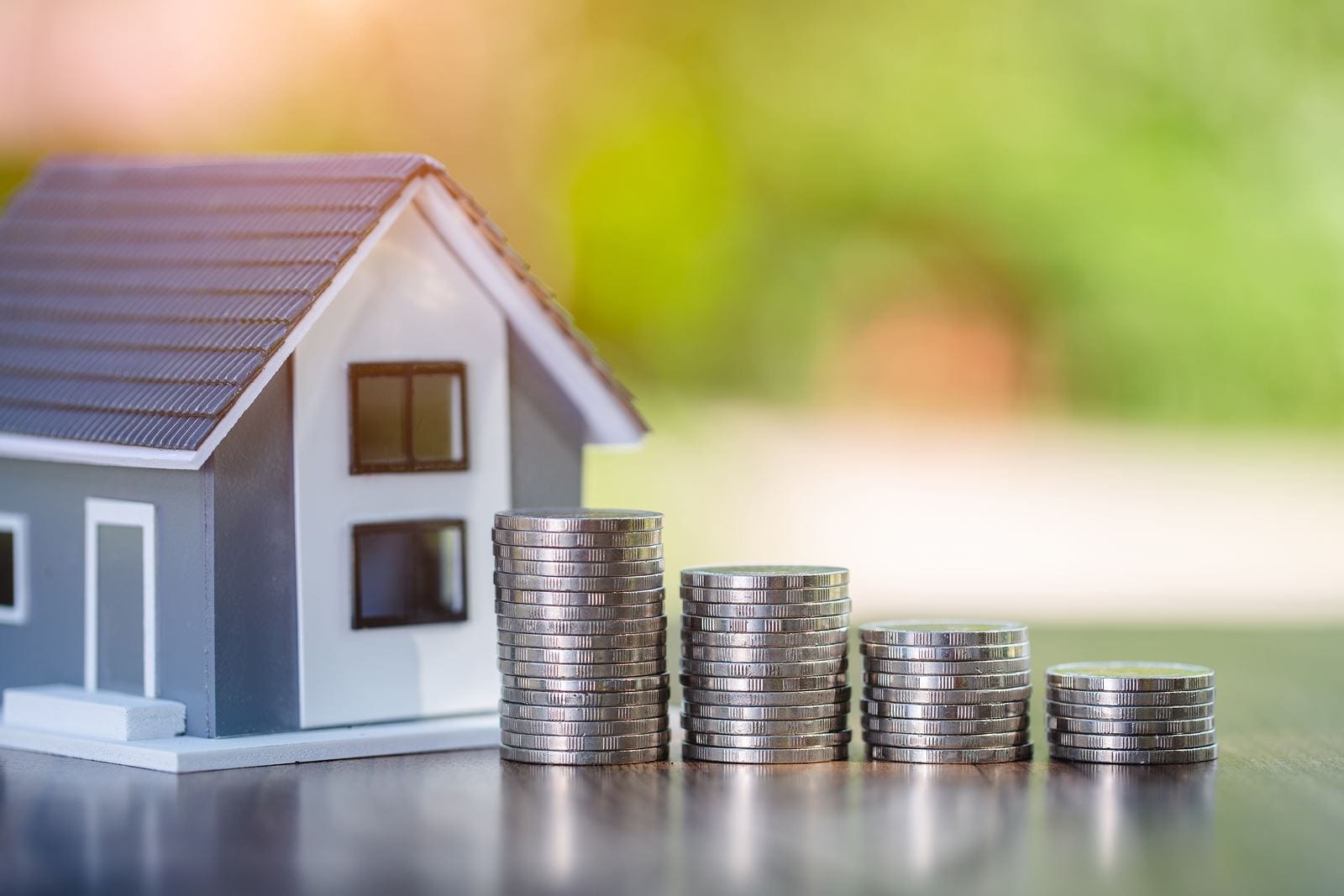



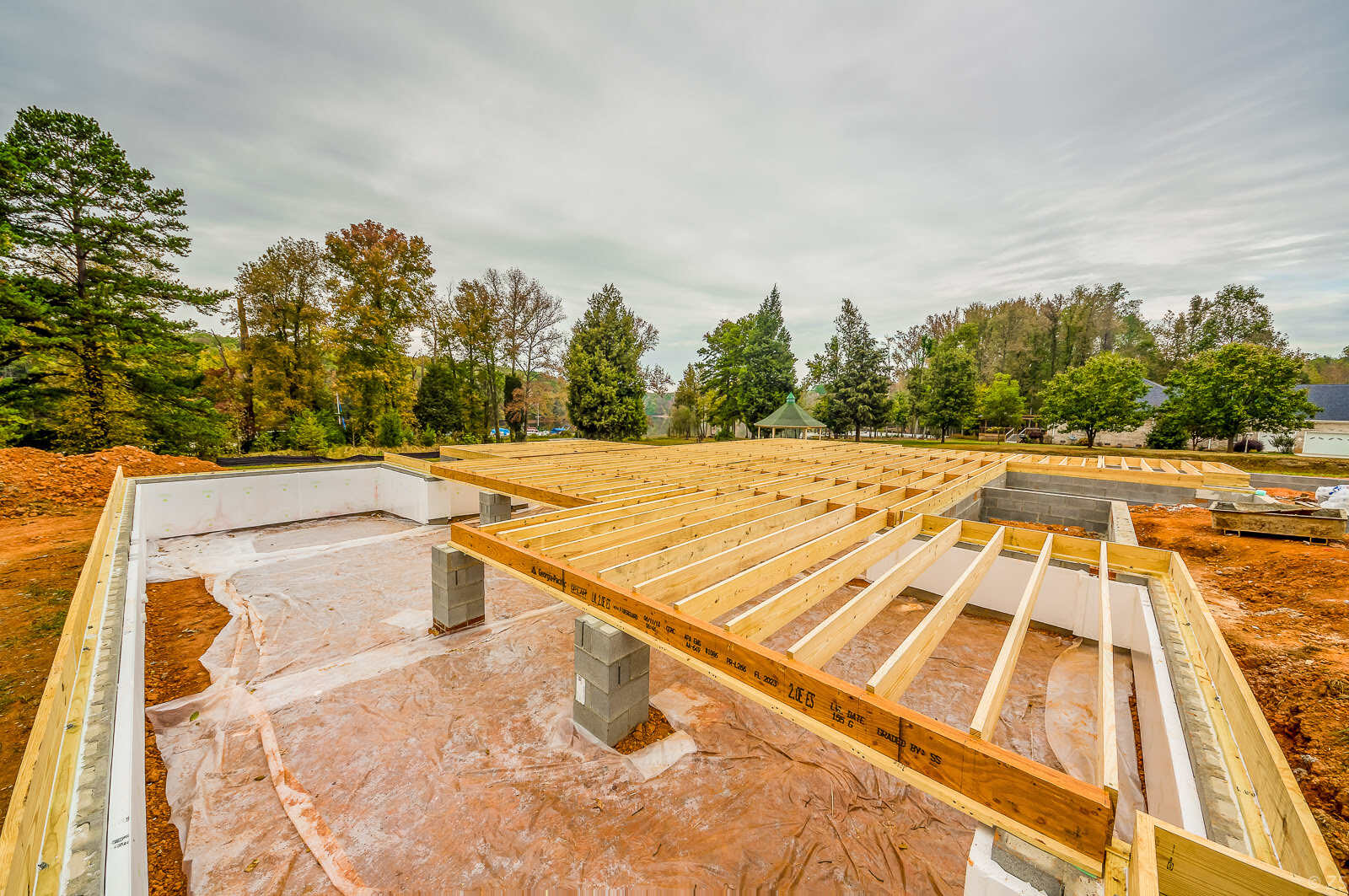


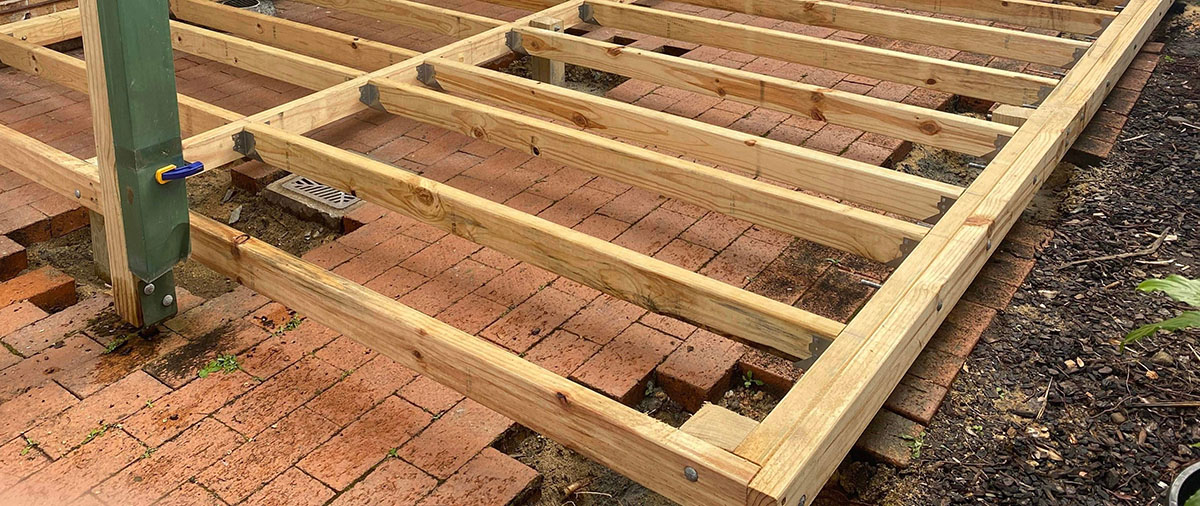
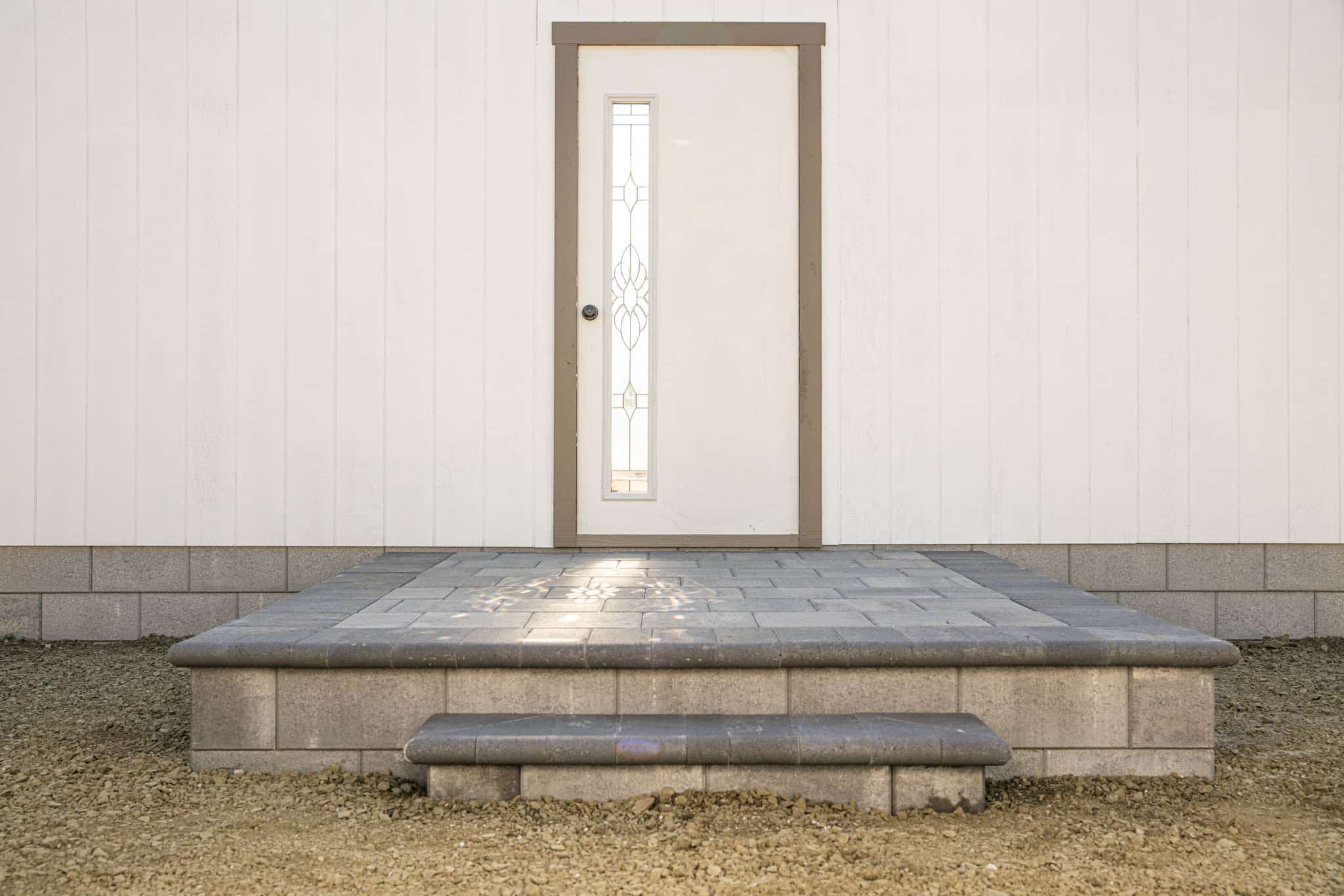
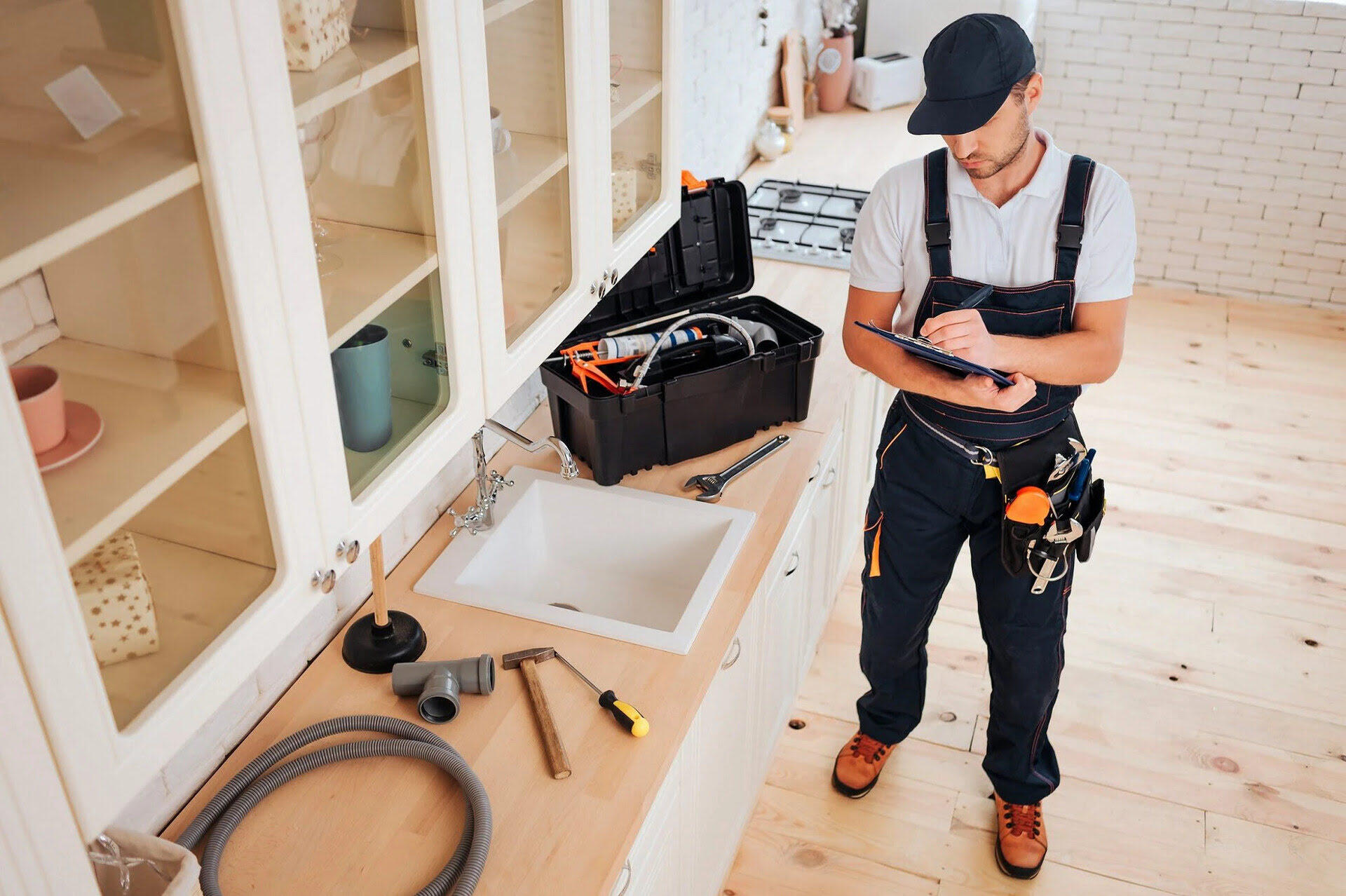
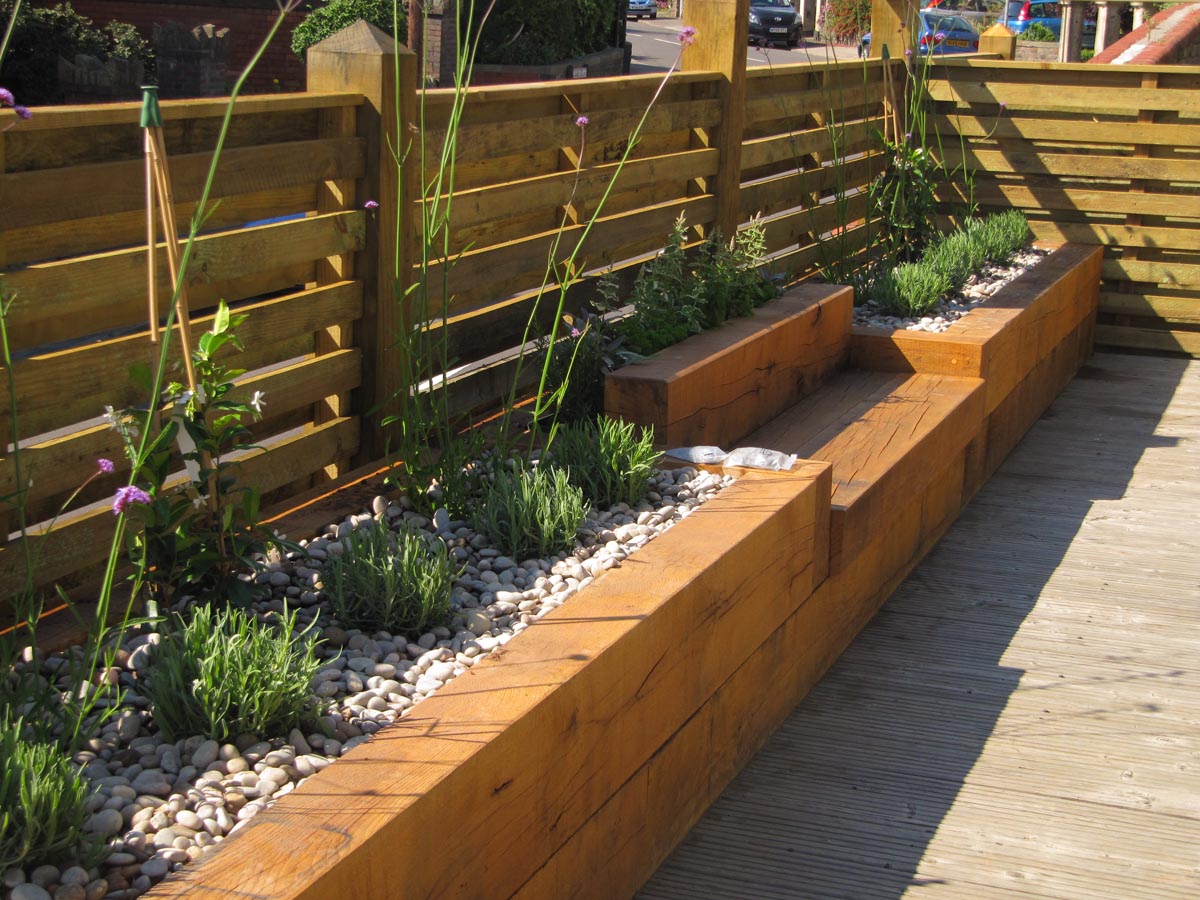




0 thoughts on “Who Would Raise Capital From Investors To Finance Home Building And Rehabilitation?”